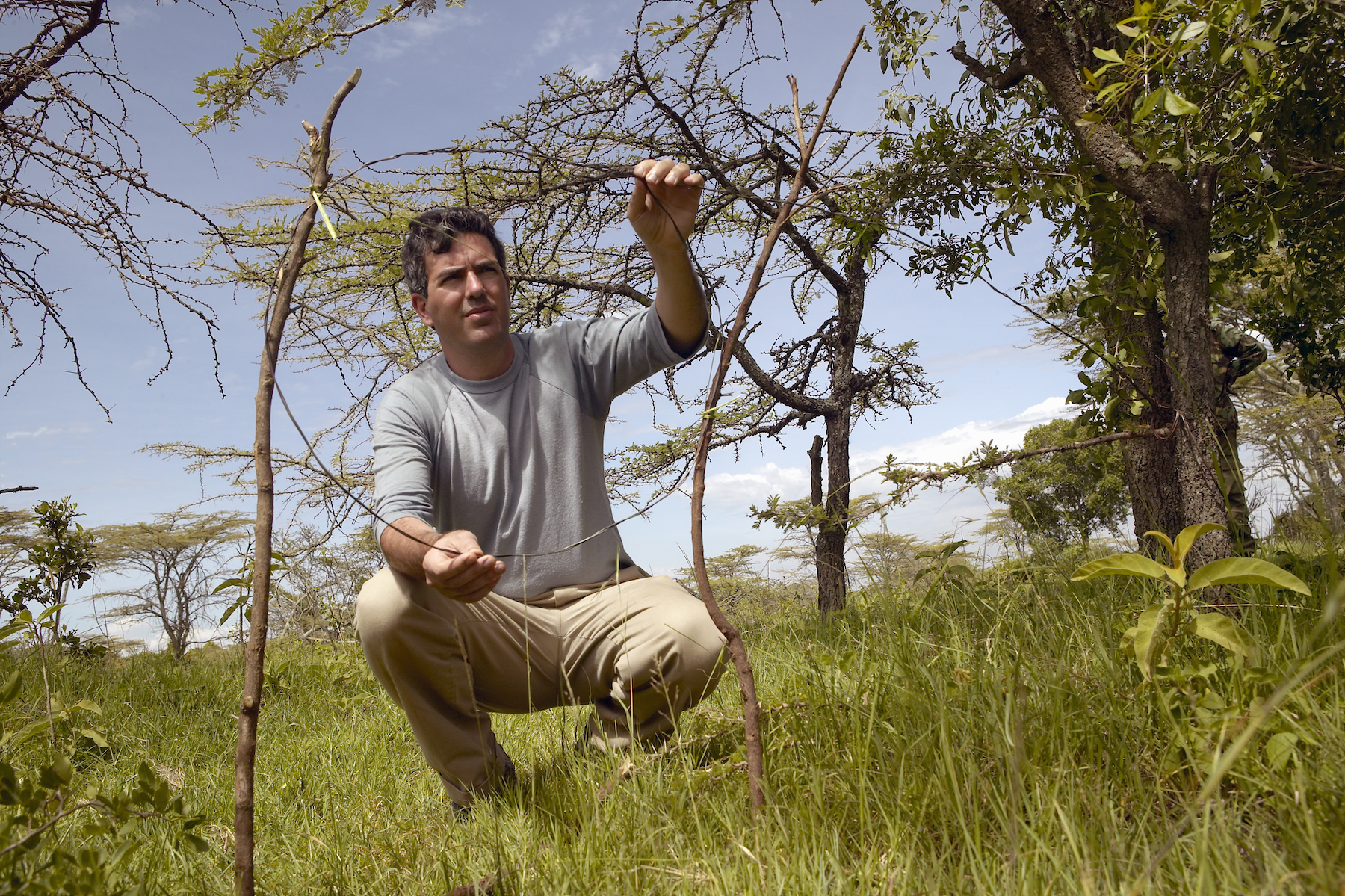Fishing, Hunting, & Trapping
2 Common Animal Traps You Can Build

Knowing how to build several common animal traps will help you find food for wilderness survival.
And because most of them are easily reset, they can sustain you for a long time while bugging out or bugging in when SHTF.
Ready to learn two common animal traps you can build yourself?
Let’s get started!
1. Twitch-Up Snare
Snare traps are favorites among survivalists and trappers in general – especially the twitch-up snare, as it kills the trapped animal quickly.
It’s a great choice for anyone wanting to hunt and feed humanely. Plus, it stops other animals from beating you to your prey in the trap!
Step 1: Location
To build the twitch-up snare, you need to find an animal trail – and, very importantly, a young sapling along that trail.
Step 2: Trigger Bar
Now find 2 sticks to use for the trigger bar. Put these down into the ground in front of the sapling (see YouTube video below for an easy-to-follow demonstration).
Step 3: Setting the Trap
You’ll need a noose for this step. Tie the end to your sapling, bending it to the ground before attaching it to the trigger bar.
Your noose should be open over the trail, so when the animal’s head goes through and sets off the trigger bar, it pulls closed and up, snapping your prey’s neck.
Related: How To Butcher A Rabbit
2. Paiute Deadfall Trap
The Paiute deadfall trap is one of the easiest traps to build – and you can get super creative. We’ll focus on the most basic option for this guide.
Bear in mind the deadfall trap is best for small animals, like mice and rats, though you can easily build bigger ones (be careful not to injure yourself doing so).
Step 1: Location
Once again, find an animal trail for the best results.
There aren’t any other features you need this time around, so you can easily mark off a few promising locations near your homestead or overnight bushcraft camp!
Step 2: Sticks and Stones
For each Paiute deadfall trap, you’ll need one fairly heavy stone (or a log) and some sticks sturdy enough to hold its weight.
You can get fancy here if you’d like (check out the YouTube video below), but sometimes simplest is the best.
Step 3: Setting the Trap
Prop your deadweight up at an angle with your sticks. The idea here is for your prey to nudge at least one of these supports, which will cause the rock to fall onto them.
Ideally, the neck or back will break, but you should be able to trap some at the very least. It’s not the most humane trap, but it’s good for dealing with vermin and supplementing your wilderness diet.
You’ll want to leave some bait under your deadfall trap too, to entice prey.
Don’t Take Trapping Lightly
Unless it’s for protecting your homestead crops and livestock, trapping should only be used for survival.
It’s perfectly okay if you practice trapping skills (in fact, you might want to before SHTF and your life depends on it), but then you need to make sure you take them down.
Always exercise caution when setting up traps. You absolutely do not want to accidentally end up hurting someone else or a pet.
-

 Paracord Projects1 year ago
Paracord Projects1 year agoParacord Projects | 36 Cool Paracord Ideas For Your Paracord Survival Projects
-

 Paracord Projects1 year ago
Paracord Projects1 year agoHow To Make Paracord Survival Bracelets | DIY Survival Prepping
-

 Medical Care1 year ago
Medical Care1 year ago21 Home Remedies For Toothache Pain Relief
-

 Knife Laws1 year ago
Knife Laws1 year agoAre Switchblades Legal? Knife Laws By State
-

 Do It Yourself1 year ago
Do It Yourself1 year agoSurvival DIY: How To Melt Aluminum Cans For Casting







You must be logged in to post a comment Login